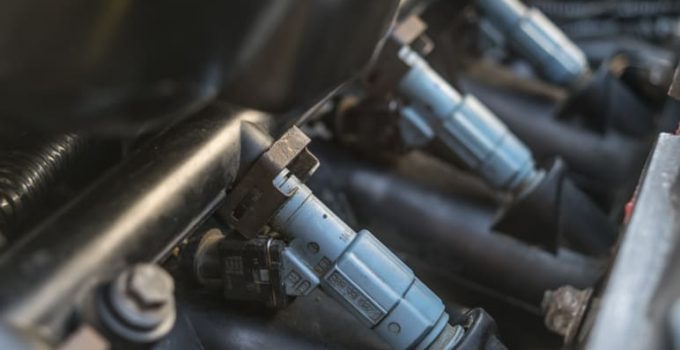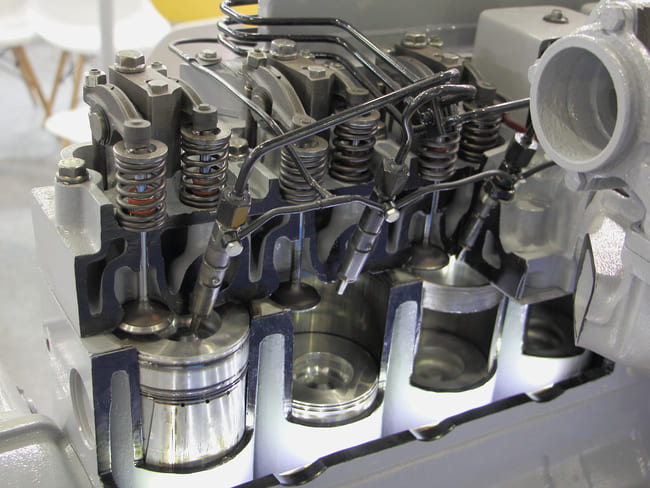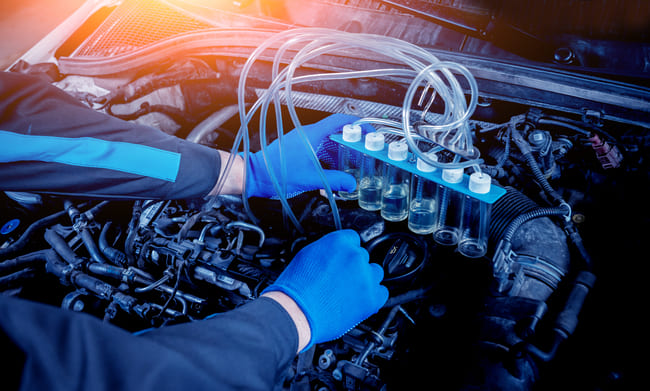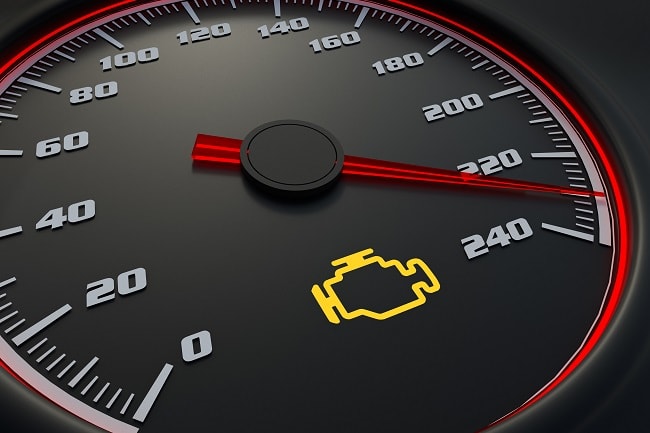
Most modern drive units use the injector principle for fuel supply. Previously, a carburetor was usually used, which produced the desired air-fuel ratio. However, this proved to be less effective in the course of further development of the engines, which is why the engineers came up with the so-called direct injection. The intake air for fuel combustion and the fuel itself are brought together directly in the combustion chambers. This allows, among other things, to respond more quickly to changing conditions. In turn, this faster adjustment option leads to lower overall fuel consumption and significantly higher engine performance. In most cases, injection nozzles or injectors in cars are comparatively expensive engine components. For this reason, it is particularly important to understand the injector structure in order to be able to reliably identify the symptoms of a defective injector. The good thing is that in most cases it is worth restoring the function of a defective injector by overhauling the injectors. In many cases it is sufficient to clean the injectors. In the following article we will show you how to check your injectors, for example to quickly identify symptoms of leaking injectors.
Contents
The function of your injectors

In order for your engine to work properly, the injectors inject fuel into the corresponding engine combustion chamber at a precisely specified time. The omission of a carburetor allows significantly higher fuel consumption efficiencies. The injection nozzles are subject to the expected wear, because the temperatures at the installation site are very high. In addition, the fuel pump generates very high pressures, which put additional stress on the material. If an injector is defective or clogged, the associated cylinder is no longer supplied with sufficient fuel, not at all, or not at the right time. This can eventually lead to clearly noticeable misfires. These in turn are expressed through an increase in your fuel consumption but possibly also through a decrease in engine performance.
How can defective injectors be repaired at all?
First of all, as with all other engine components, it is of course possible to easily replace them. But if you test your injectors beforehand, this does not necessarily have to be the only alternative. One of the reasons for this is that blockages can be eliminated, for example, by cleaning the injection nozzles. In general, you should ensure that these components are in good condition, as this has a direct effect on the life of your engine.

In addition to simple cleaning, experts are also able to precisely test the injector function and also overhaul these engine components or, for example, replace an injector seal. However, after the injectors have been professionally overhauled, they have to be readjusted. Special equipment is required for this, so that this can usually not be carried out by laypersons. The injectors are then taught in via the engine control unit. Only after your injection system has been optimally adjusted again is it able to reduce your fuel consumption to a minimum and achieve good engine performance. In addition, you should not forget that the quantity and composition of your vehicle exhaust gases also depends on your injectors.
The injection system of a diesel-powered engine

Diesel engines have been around for a long time and these power units have evolved over time. These are now highly complex systems and modern injection technology has long since found its way into these technological marvels. What is special about diesel fuel is that it is self-igniting under certain, easily achievable conditions. This also gave diesel vehicles the nickname „self-igniters“ brought in. The currently most modern modification of these aggregates are so-called common rail engines. The injection system used is popularly referred to as common rail injection or accumulator injection. In principle, this technology separates the generation of the necessary high injection pressure from the actual injection process. With the help of modern injectors for diesel vehicles, this allows the injection to be controlled using so-called characteristic diagrams. This, in turn, is a great advantage, because both the injection timing and the injected fuel quantity can be electronically controlled easily and precisely. The individual valves are activated one after the other. So that your engine runs particularly smoothly, the common rail injection system allows a so-called pre-injection (maximum two) and even the main injection can take place in two partial steps. An additional post-injection is even possible so that less soot is deposited in the engine and the NOx emissions are reduced by the SCR catalytic converter. The latter also allows the so-called free burning of your obligatory soot particle filter. The predecessors of the technology described were engines with so-called prechambers. However, these consumed significantly more fuel, generated more vibrations and also had a higher noise level.
Problems with the injection system
There is a whole range of symptoms that can be traced back to a defect in the injectors. The diagnosis of your car based on the color of the exhaust gas can also help you. In the event of problems with the injection system, blue smoke can be emitted when the engine is started. A severe blackening of your engine exhaust gases can also be due to defective, clogged or leaking injectors. In general, rough engine running, misfiring, loss of power, increase in fuel consumption, loud cylinder knocking, engine overheating, smell of fuel in the interior (injectors are leaking) and the check engine light are classic symptoms of an injector failure.

In general, you should no longer drive your car in such a case. Otherwise, these defects can result in consequential damage, which is very expensive. This includes, among other things, catalytic converter damage and piston defects. So that it doesn't get that far in the first place, you should not only carry out regular checks, but also comply with all maintenance intervals. This not only includes regular oil changes, but also a regular replacement of the spark plugs in petrol-powered engines. If there are leaks inside the injectors, the return volume can become too high. On the other hand, it can also happen that the injector return flow rate is too low due to blockages. A grease is also available for installing and removing your injectors. This special grease makes it easier for you to install new or repaired components.
Conclusion
You are now familiar with the functions and structure of your injectors. In addition, you have also learned to test your injectors. If you now pay close attention to the symptoms of defective injectors, you will have large parts of your engine fuel supply under control. In addition to a regular oil change, you should also pay close attention to all other change intervals for engine care and also clean your injectors regularly or have them cleaned. This provides you with optimal protection against a total failure of these important vehicle components. If you notice a general reduction in engine performance, you can often use the color of your car exhaust gases to diagnose the engine and the exhaust gas cleaning of your vehicle.
A tip from CarTipsandmore: Pay particular attention For vehicles with a diesel engine, make sure that you meticulously observe the change intervals for the built-in fuel filter and never significantly exceed them. If you ignore this, contamination will penetrate your high-performance fuel pump. This also includes water, which can be dissolved in the fuel or penetrate from the outside when refuelling. The impurities prevent optimal lubrication of the fuel pump (this is lubricated by the diesel itself) and can clog your injectors. In addition, water can also lead to corrosion there.
